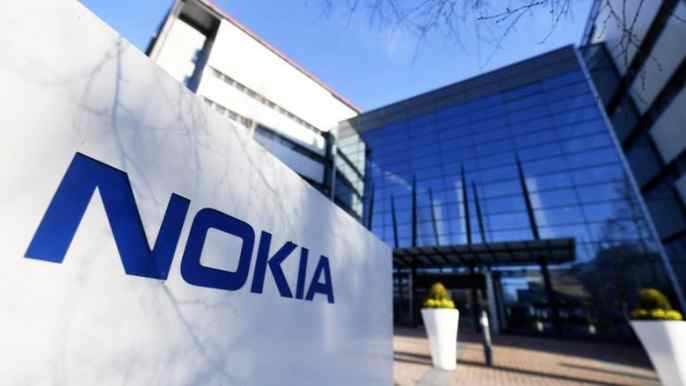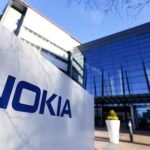The Future of Calls? Nokia CEO Makes World’s First ‘Immersive’ Phone Call

In a landmark achievement, Nokia CEO Pekka Lundmark made the world’s first “immersive audio and video” phone call using a new technology called “immersive audio and video,” the company said in a statement.
In an announcement on Monday, Nokia said the new technology uses 3D audio to craft a more realistic and immersive experience. Unlike traditional phone calls, which feature flatter audio, this advanced system enhances call quality with three-dimensional sound, making interactions feel as though both parties are sharing the same physical space
“We have demonstrated the future of voice calls,” declared Lundmark, who notably witnessed the first 2G call in 1991.
Current smartphone calls are monophonic, compressing audio elements into a less detailed and flatter soundscape. In contrast, Nokia’s technology introduces 3D audio, enabling callers to perceive sounds as if they were present with the other person.
Jenni Lukander, president of Nokia Technologies, remarked, “It is the biggest leap forward in the live voice calling experience since the introduction of monophonic telephony audio used in smartphones and PCs today.”
The historic call featured Stefan Lindström, Finland’s Ambassador of Digitalisation and New Technologies, Reuters reported.
“This is now becoming standardized,” Lukander said in an interview, explaining that network providers, chipset manufacturers, and handset makers can soon start integrating this technology into their products.
The demonstration utilized a regular smartphone on a public 5G network, proving the technology’s compatibility with existing devices. Beyond person-to-person calls, this innovation has potential applications in conference calls, where participants’ voices can be spatially separated, noted Jyri Huopaniemi, head of audio research at Nokia Technologies.
According to Nokia executives, most smartphones already have at least two microphones, facilitating the real-time transmission of spatial characteristics needed for this technology.
As part of the upcoming 5G Advanced standard, Nokia envisions licensing opportunities for this technology, though widespread availability may take several years.
This breakthrough signifies a significant advancement in communication technology, promising to make future interactions more immersive and lifelike. As the technology becomes standardized, it is poised to be integrated into upcoming devices and networks, heralding a new era in voice communication.

